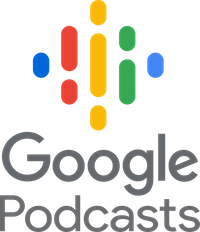There’s more to keeping employees motivated and productive than a decent salary and benefits package. Inspired by tales from hip Silicon Valley tech companies, today’s employees have higher expectations.
Non-monetary incentives help attract new candidates and retain existing ones in a highly competitive job market. Because these incentives prioritize the human experience, they make employees feel more valued and appreciated.
What Are Non-Monetary Incentives?
Benefits of Non-Monetary Incentives
Money comes and goes quickly, but the impact of getting extra time off to be with family or work on personal projects or having access to on-site health services, for example, is long-lasting.
Let’s look at some of the most popular non-monetary incentives in the U.S.
1. Time Off
2. Time to Work on Personal Projects
People are motivated by the things they are passionate about. Allowing employees to spend a small percentage of their work day on these projects keeps them engaged and motivated at work. Furthermore, some personal projects end up turning into profitable products or services for the company.
3. Flexwork
Even before the Covid-19 pandemic, flexible work schedules were becoming increasingly popular. Four-day work weeks, remote work and flexible work hours are examples of flexwork.
4. Professional Development Opportunities
Career advancement is important for most people, so employees usually welcome this incentive with open arms. Training and development opportunities can take many forms, including seminars, workshops, mentoring programs, tuition assistance and student loans. These incentives enhance employees’ knowledge and skills and, therefore, benefit employers as well.



